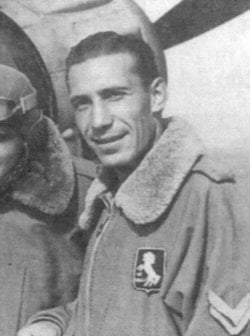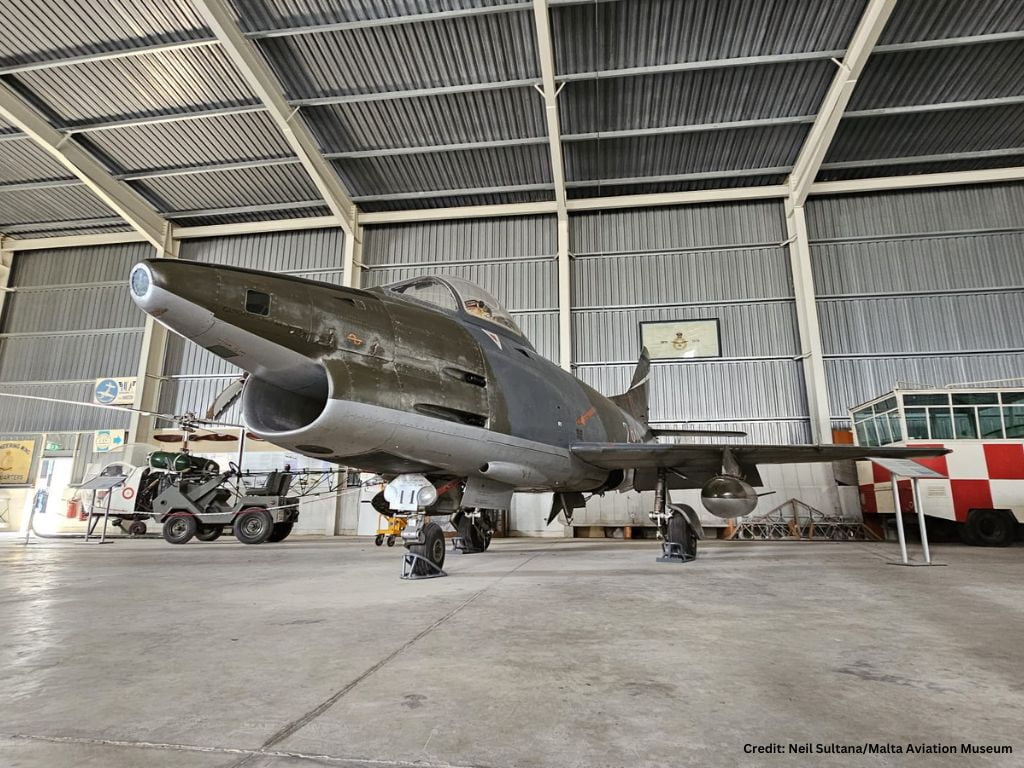The 11 November 1941 at 1930hrs two small cargo vessels with provisions bound for Tripoli sailed from Trapani escorted by a torpedo boat. Late that same evening, seven 830 Squadron Swordfish took off to attack the convoy.
By Tullio Marcon
In 1998, Professor Purpura of Palermo University, while scuba diving in the sea off Cefalu’, discovered the relics of three aircraft protruding from the sandy bottom at a depth of between 9 to 14 meters. The event recalled a wartime episode news of which had spread far and wide not only in Sicily, as shown by the Italian daily report of the Bollettino di Guerra del Comando Supremo No.528 of 12 November 1941. It was reported that “in the early hours of this morning four British heavy fighters, detected by our forces, crashed in the Cefalu’ zone.
Three were lost in the sea, the fourth crash-landed inland, its pilot officer being taken prisoner”. The following day it was added that six other men were taken prisoners. The Bollettino was inaccurate when saying that the aircraft were “heavy fighters” and that they had been detected. As a matter of fact, they were Swordfish that the Scirocco had brought down, though the fishermen of Cefalu’ originally declared they had been shot down.
Two versions of the episode, both from British sources differ in the circumstances that caused the loss. The first, in the history of No. 830 Squadron in Malta during WWII (a Swordfish unit), as narrated by K. Poolman in “Night Strike from Malta”, and the second is an interview with one of those pilots, Lt Cmdr Myles Osborne, related in T. Spooner’s “Faith, Hope and Malta G.C”. The second one is probably closer to the truth of what happened.
This story begins on 11 November 1941 at 1930hrs, when two small cargo vessels with provisions bound for Tripoli sailed from Trapani escorted by a torpedo boat. It is likely that Malta had been informed of this sailing through an ultra-secret message. Late that same evening, seven 830 Squadron Swordfish took off to attack the convoy. Six of them carried torpedoes, and the leading aircraft was equipped with ASV radar and was crewed by Lt Cmdr Osborne as pilot and Lt Cdr Hunt, who was the unit’s CO. He was assigned from his previous posting in the UK as chief instructor of the observer’s course and was very unfamiliar with the vagaries of the Mediterranean weather. Sometime after their departure, three aircraft were obliged to return to Hal Far due to engine problems. The remaining four pressed on into the night.
According to the squadron history, the Swordfish reached the western waters off Pantelleria but did not manage to sight the convoy. Presuming that its route departed from Trapani, they flew in the direction of Capo San Vito, without sighting the convoy. It is strange that the convoy was not sighted, as it had just sailed for Pantelleria due to the rough sea. At that point, after four hours and more than 700 km covered, it should have been possible to reach Malta. The aircraft in fact were equipped with an auxiliary tank that increased the range to almost 1200 km.
Provided that the strong Scirocco wind would not delay the flight, there was sufficient fuel to cover the 150 km between Pantelleria and Malta. But this, apparently, was not Hunt’s opinion who ordered the aircraft to turn back toward Sicily, where they were to land or ditch. Before that, however, a decision was taken to affect two route changes, one towards Palermo and the last towards Cefalu’ beach, after flying a distance of 300 km. This means that Malta could have been reached, had they not taken the wrong navigational instructions.
Something seems wrong in this report, which moreover states that the Wellington sent to try and trace the four Swordfish did not return to Malta, whilst its pilot (Spooner) did in fact return. Osborne’s different version throws some light on this event. He says that for some time after take-off, Hunt ordered them to fly towards Lampedusa but halfway there he presumed that the wind was no more Scirocco (SE) but Gregale (NE) so he ordered a change of route considering the wind change, permitting them to reach Lampedusa. Osborne knew that in this area there were no sudden changes from Scirocco, but simply obeyed the instructions.
After another hour, an island was in view. Hunt identified it as Lampedusa, whilst in fact was Pantelleria. Osborne suggested asking for a fix from Malta but there was no answer from the Island. This meant that they were off route and that they were not flying close to Lampedusa but closer to Pantelleria and flying towards Sardinia. At that point, Osborne took it upon himself to make decisions, whilst Hunt had lost all idea of bearings in presuming that they were in the Gulf of Sfax.
Osborne descended to 30m and could see from the direction of waves that the wind was still Scirocco. Keeping a mental record of their route, he understood that they were in the Tyrrhenian Sea and the only option was to change onto a SE course – along the Scirocco- to reach Sicily. Malta was now out of reach, as after more than three hours of flight part of which into a 30-knot wind, it was impossible to return. With only 20 minutes of fuel left, the Swordfish doubled back to Palermo and dropped their torpedoes in preparation to ditch into the sea, as from the coast they were facing ack-ack fire.
In the process, Lt Wigram and Sub-Lt Griffith lost their lives, as the aircraft blew up after touching the surface probably after hitting a mine or a rock (in fact one of the three relics consists of only a few parts). Sub-Lt Campbell and his TAG Falon swum to the beach, after their dinghy was holed by fire (they were mistaken for Commandos). Lt Taylor succeeded in landing on the beach, escaping unhurt together with Sub-Lt Robinson. As for Osborne, Hunt and their TAG Parker, the sea current sent their dinghy ten miles offshore and it was only in the afternoon that they were picked up by a trawler. All seven of them were taken prisoner and their first accommodation was the Grand Hotel in Palermo.
In a letter to the writer Lt Cdr Osborne recalled “that he had received nothing but kindness from all the Sicilians we met”. It had been planned that after that sortie he would have been posted to the USA as an instructor. The Scirocco cost him and his comrades over three years in a prisoner of war camp in Germany.




